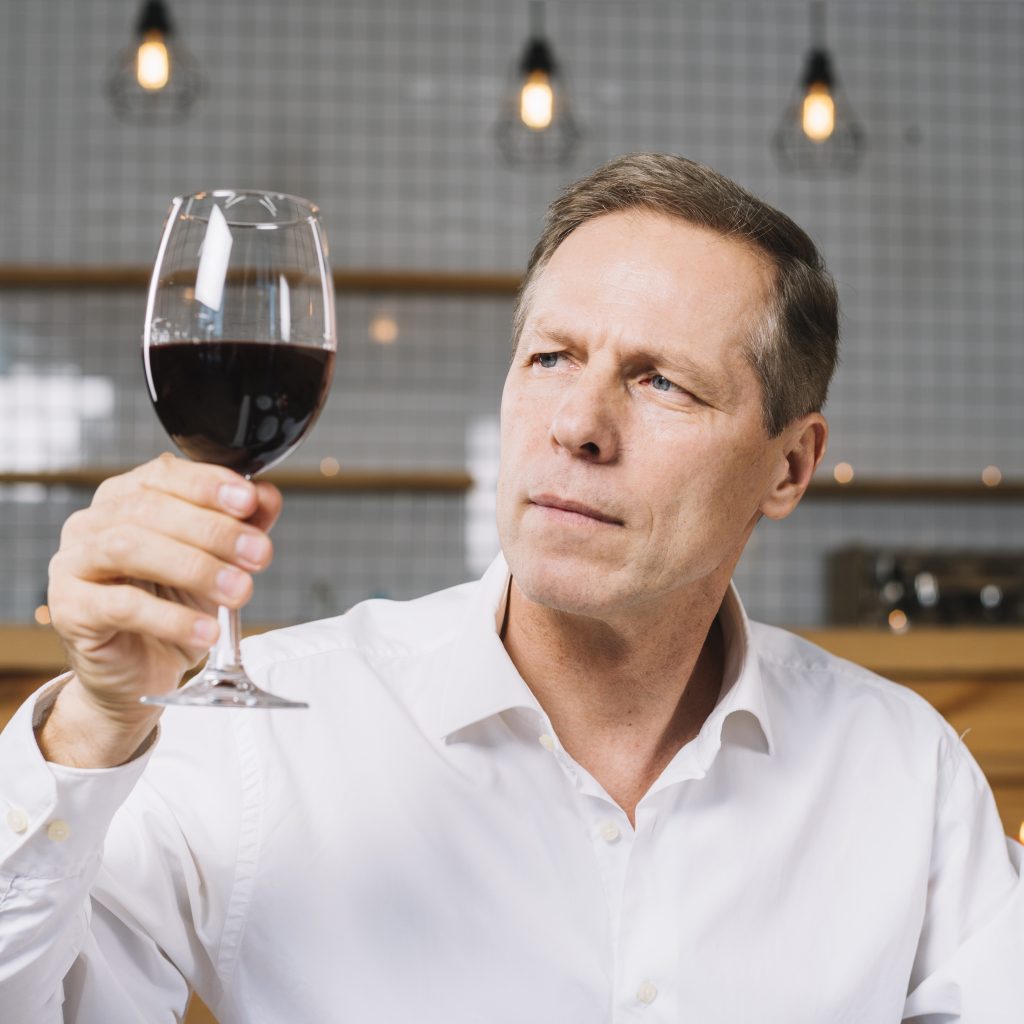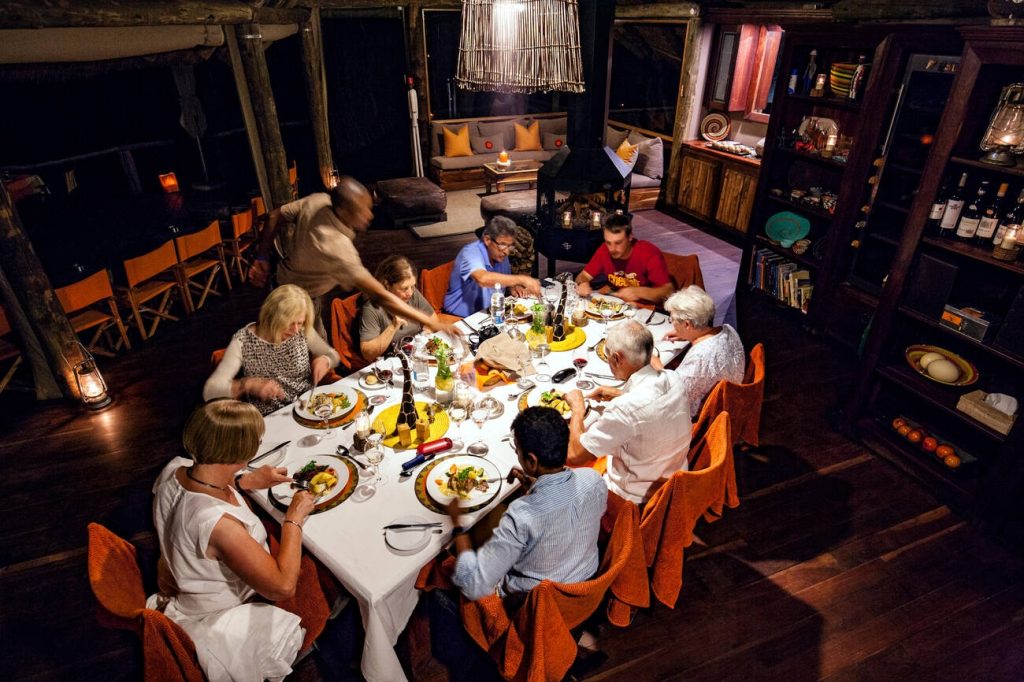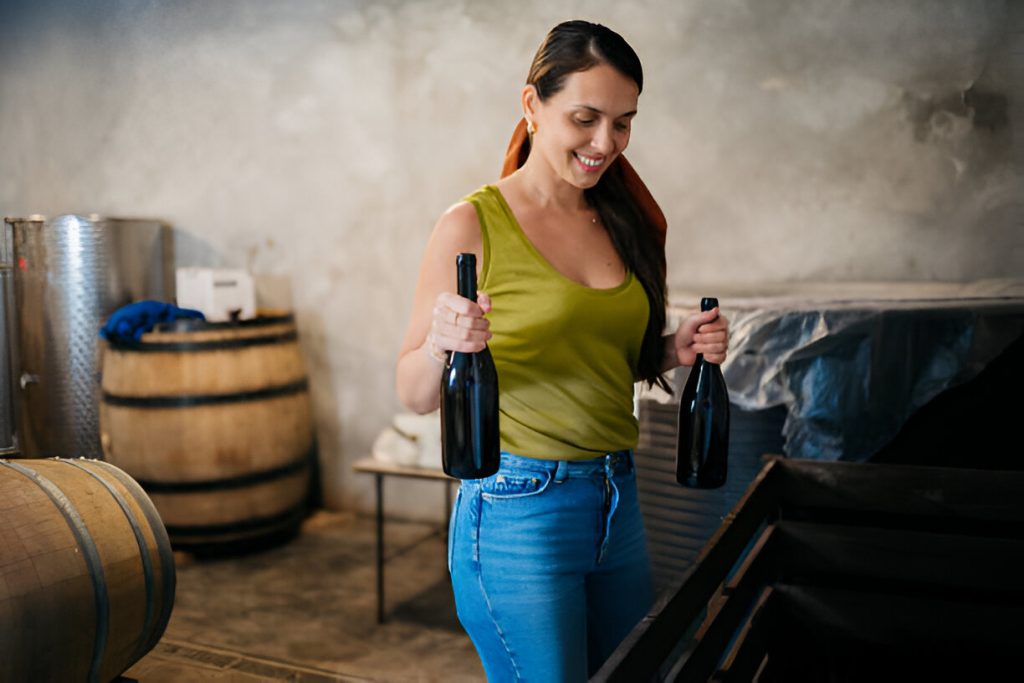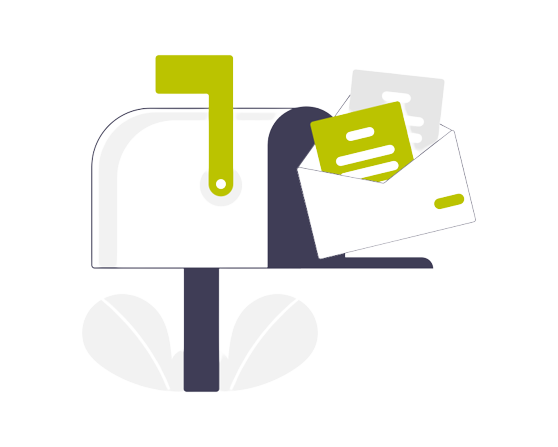Get ready to uncork your curiosity and embark on a fascinating journey into the world of wine. In a Wine 101 course, you’ll explore the ins and outs of winemaking, from the vine to the bottle. You’ll discover the secrets behind the different flavors and styles of wines from all over the globe. Through hands-on activities and tastings, you’ll develop your sensory analysis skills and learn how to identify the nuances in a wine’s aroma and taste. You’ll also delve into the collaborative nature of winemaking and the importance of diversity in creating exceptional wines. So, whether you’re a wine enthusiast or looking to start a career in the industry, a Wine 101 course is your gateway to becoming a true wine connoisseur.
Contents
Course Overview and Timeline
When enrolling in a Wine 101 course, you can expect to be provided with a course overview and timeline that outlines the key aspects and schedule of the program. This overview serves as a roadmap for your journey into the world of wine. Throughout the course, you will have the opportunity to gain hands-on experience and apply your knowledge in practical ways. From learning about the winemaking process to exploring the different grape varieties and wine styles, you will engage in activities that enhance your understanding and appreciation of wine.
Efficient planning is essential in a Wine 101 course, as it allows for a comprehensive exploration of the subject matter within a limited timeframe. The course’s timeline is carefully designed to ensure that you cover all the necessary topics and activities. You will have the chance to build a flavor database through sensory analysis classes, where you will learn to identify common flavors and enhance your tasting skills. This skillset will enable you to make informed decisions when it comes to winemaking.
Furthermore, interpersonal connections are fostered in the course, as you will work closely with instructors, teaching assistants, and industry professionals. Collaborating with others in the field helps create a supportive learning environment and allows for the exchange of ideas and experiences. By working in groups, you will also benefit from diverse perspectives and insights, which enriches the learning process.
Importance of Sensory Analysis
During a Wine 101 course, you’ll learn the importance of sensory analysis in evaluating and understanding wines. Sensory analysis is a crucial skill for winemakers as it allows them to objectively identify and analyze the flavors and aromas present in a wine. By developing a comprehensive flavor database and acquiring in-depth flavor knowledge, students gain the practical application of sensory analysis in winemaking.
The objective identification of common flavors enhances tasting skills and provides winemakers with a shared understanding of the sensory characteristics of different wines. Leticia Chacón-Rodríguez, an expert in sensory analysis, encourages students to apply their flavor knowledge to the winemaking process. By doing so, they can make informed decisions about blending, aging, and other winemaking techniques to achieve their desired flavor profiles.
In the sensory analysis classes of the Wine 101 course, students will have the opportunity to taste a wide variety of wines and learn how to identify and describe the flavors and aromas present. This hands-on experience helps them develop a sensory vocabulary and a deep understanding of the sensory components that contribute to a wine’s overall character.
Collaboration and Diversity in Winemaking
As you delve deeper into your Wine 101 course, you’ll discover the importance of collaboration and diversity in the world of winemaking. Cultural collaboration plays a significant role in creating innovative winemaking techniques and producing exceptional wines. In your class, you’ll have the opportunity to work in groups, fostering collaboration and building interpersonal connections with your peers. This diversity of backgrounds and experiences brings unique perspectives to the learning environment, enriching your understanding of winemaking.
To succeed in the wine industry, practical strategies are essential. Through collaborative efforts, winemakers can exchange knowledge and practical tips, improving the quality of their wines. By working together, you’ll learn how different cultural backgrounds influence winemaking practices, expanding your flavor knowledge and allowing you to explore new and exciting flavors.
In addition to practical strategies, collaboration in winemaking also promotes innovation. When diverse minds come together, they can develop groundbreaking techniques and push the boundaries of traditional winemaking. By embracing collaboration and diversity, you’ll be equipped with the skills to implement practical strategies and create innovative wines that stand out in the industry.
The Value of Experimentation
You will discover the tremendous value of experimentation in your Wine 101 course. In the world of winemaking, experimentation is not only encouraged but also essential for growth and innovation. By stepping outside of predefined processes and taking risks, you open yourself up to a world of benefits and learning opportunities.
Experimentation allows you to unleash your creativity and explore different approaches to winemaking. It gives you the freedom to think outside the box and push the boundaries of traditional methods. By trying new techniques, ingredients, or blending combinations, you can create unique and exciting wines that stand out in the market.
There are, of course, risks involved in experimentation. Not every experiment will yield successful results, and that’s okay. In fact, the mistakes you make along the way can be valuable learning experiences. They help you understand the intricacies of winemaking, develop problem-solving skills, and refine your craft.
From a student perspective, experimentation in the Wine 101 course allows you to apply the knowledge gained in the classroom to real-world scenarios. It gives you hands-on experience and a deeper understanding of the winemaking process. Through experimentation, you can develop your palate, learn to identify different flavor profiles, and gain the confidence to make informed decisions as a winemaker.
Overcoming Challenges in the Wine Industry
One challenge in the wine industry that you will face is navigating the complexities of regulations and legislation. The wine industry is heavily regulated, and keeping up with the ever-changing laws and regulations can be daunting. However, there are ways to overcome these challenges and ensure that your wine production is in compliance with the necessary requirements.
Here are some key points to help you navigate the complexities of regulations and legislation in the wine industry:
- Ways to improve quality: Focus on implementing quality control measures, such as rigorous testing and monitoring of grapes, fermentation processes, and aging techniques. This will help ensure that your wine meets the highest standards and is free from any defects or flaws.
- Dealing with smoke-tainted wine: Wildfires can have a significant impact on wine grapes, leading to smoke taint. To overcome this challenge, it is crucial to employ techniques such as reverse osmosis or carbon filtration to remove the smoky compounds and restore the quality of the wine.
- High volatile acidity: High levels of volatile acidity can negatively affect the flavor and stability of wine. To address this issue, winemakers can use techniques such as cold stabilization or blending with wines that have lower volatile acidity levels to balance the overall acidity.
- Legislative changes: Stay informed about any legislative changes that may affect your wine production. This includes understanding labeling requirements, tax regulations, and distribution laws. Keeping abreast of these changes will help you stay compliant and avoid any legal issues.
- Sustainability in wine production: Embrace sustainable practices in your winemaking process, such as water conservation, energy efficiency, and organic farming methods. This not only benefits the environment but also enhances the reputation of your winery and appeals to environmentally conscious consumers.
Selling Sustainable Student-Made Wine
Selling sustainable student-made wine requires strategic marketing and a strong focus on environmental responsibility. With the rise in consumer demand for sustainable products, it is essential to highlight the eco-friendly practices employed in the winemaking process. One of the challenges faced by students in the UC Davis VEN127L course is the production of high-quality wine in the face of smoke-tainted grapes resulting from wildfires. Students have had to find innovative ways to improve the quality of these wines, including working with white wine blends with higher acidity levels to mask the flaw of high volatile acidity.
In addition to addressing quality concerns, students also consider sustainability in winemaking. The UC Davis Teaching and Research Winery, where VEN127L is held, is known for its focus on sustainability. Students explore ways to make wine production more environmentally friendly, such as implementing organic farming practices and reducing water and energy consumption.
To sell their student-made wine, legislative changes may be required. Students often form a nonprofit organization to oversee the production and sale of their wines, ensuring compliance with regulations and fostering transparency. However, it is important to note that only a portion of the wine produced meets the standards of high quality and can be sold. Strategic marketing efforts are crucial to promote the student-made wines and attract consumers who value sustainability and support the educational endeavors of these aspiring winemakers.
Jura Wine Region Overview
The Jura Wine Region, located along the French-Swiss border, is one of the smallest wine regions in France. Despite its small size, it has a lot to offer in terms of unique grape varieties, wine styles, and distinctive soil and terroir. Here’s what you need to know about the Jura Wine Region:
Grape varieties in Jura:
- Pinot Noir and Chardonnay, brought over from Burgundy, are grown in the region.
- Jura is also known for its native red grape varieties, Poulsard or Ploussard, and Trousseau.
- The region’s native white grape is Savagnin or nature, which is used to produce their renowned Vin Jaune.
Wine styles in Jura:
- Jura produces a range of wine styles including red, white, rosé, and sparkling wines called Crémant.
- However, the most famous wine style from the region is Vin Jaune, or yellow wine, which is made from Savagnin grapes and undergoes a unique aging process.
Specific Jura products:
- Jura is known for two specific products: Vin de paille or straw wine, a sweet dessert wine made from grapes dried on straw mats, and Macvin, a brandy made by blending unfermented grape juice with eau-de-vie.
Soil and terroir in Jura:
- The region has chaotic and uniform soils, with limestone and blue marl being the predominant types.
- There are different soil types within close proximity, which contribute to the diversity of wines produced in Jura.
- The influence of the Jura Mountains and the Revermont region also plays a role in shaping the terroir of the area.
Grape Varieties in Jura
In the Jura Wine Region, you will find a diverse range of grape varieties cultivated, including Pinot Noir, Chardonnay, Poulsard, Trousseau, and Savagnin. These native grape varieties thrive in the region’s cold climate and small vineyard acreage. The limestone soil types found in Jura also contribute to the unique character of the wines produced. To give you a better understanding of the grape varieties in Jura, here is a table showcasing the different varieties and their characteristics:
| Grape Variety | Characteristics |
|---|---|
| Pinot Noir | Light-bodied red wine with delicate flavors of red berries and earthiness. |
| Chardonnay | Versatile white wine with notes of apple, pear, and citrus, often aged in oak barrels. |
| Poulsard | Native red grape variety producing light-bodied wines with bright red fruit flavors and floral notes. |
| Trousseau | Native red grape variety known for its dark fruit flavors, spice, and herbal undertones. |
| Savagnin | Native white grape variety producing wines with nutty, oxidative flavors and high acidity. |
In addition to these grape varieties, Jura is also known for its specific products such as Vin de paille (straw wine), Macvin (brandy), and Vin jaune (yellow wine). These products showcase the region’s unique winemaking traditions and offer a glimpse into its rich history. Overall, the grape varieties in Jura, combined with its specific products and distinct terroir, contribute to the region’s reputation for producing exceptional and intriguing wines.
Wine Styles in Jura
Explore the diverse wine styles that can be found in the Jura Wine Region, ranging from red, white, and rosé wines to sparkling Crémant and the unique yellow wine known as Vin jaune.
- Jura Red, White, and Rosé Wines:
- Jura is known for producing elegant and aromatic red wines, often made from the native grape varieties of Poulsard and Trousseau. These wines showcase bright fruit flavors and a light body.
- The region also produces exceptional white wines, primarily from the Chardonnay grape. These wines exhibit a unique character, with notes of apple, citrus, and a distinct mineral quality.
- Jura is not widely recognized for its rosé wines, but there are some delightful examples available. These rosés are typically made from the native grape varieties and offer refreshing and crisp flavors.
- Jura Sparkling Wines and Dessert Wines:
- Jura produces sparkling wines, known as Crémant, using the traditional method. These wines are made from a blend of grape varieties, including Chardonnay and Pinot Noir, and display fine bubbles and vibrant acidity.
- One of the most intriguing wine styles in Jura is the Vin jaune, or yellow wine. This wine is made from the Savagnin grape and undergoes a unique aging process, resulting in a rich, nutty, and oxidative profile. Vin jaune production is limited and highly regulated, making it a true specialty of the region.
- Jura is also known for its dessert wines, such as Vin de paille, which is made from dried grapes, and Macvin, a fortified wine made by adding brandy to partially fermented grape juice. These dessert wines offer concentrated flavors and sweetness, perfect for pairing with desserts or enjoying as a digestif.
In Jura, you can truly explore a wide range of wine styles, from the subtle and delicate reds and whites to the intriguing and rare Vin jaune and dessert wines. Each style showcases the unique terroir and winemaking traditions of this fascinating region.
Soil and Terroir in Jura
As you delve deeper into the diverse wine styles of the Jura Wine Region, it’s important to understand the significant role that soil and terroir play in shaping the unique characteristics of these wines. The Jura vineyards are known for their soil diversity, with different soil types within close proximity. To give you a clearer picture, here is a table showcasing some of the different soil types and their composition found in the Jura region:
| Soil Type | Composition |
|---|---|
| Limestone | Rich in calcium carbonate, well-draining |
| Blue Marl | Marl composed of clay and limestone, water-retentive |
| Gravel | Small rocks and pebbles, excellent drainage |
| Sand | Fine particles, good drainage |
| Clay | High water retention, can be heavy and compacted |
The terroir influence in Jura is shaped by the Jura Mountains and Revermont region, which provide unique microclimates. The combination of different soil types and the influence of the surrounding geography create ideal conditions for specific vines to thrive. For example, Chardonnay thrives in the limestone soils, while Poulsard and Trousseau prefer the clay and gravel soils. The soil composition in Jura plays a crucial role in determining the flavor profile and structure of the wines produced in this region. By understanding the different soil types and their influence on terroir, you can better appreciate the complexity and diversity of Jura wines.




